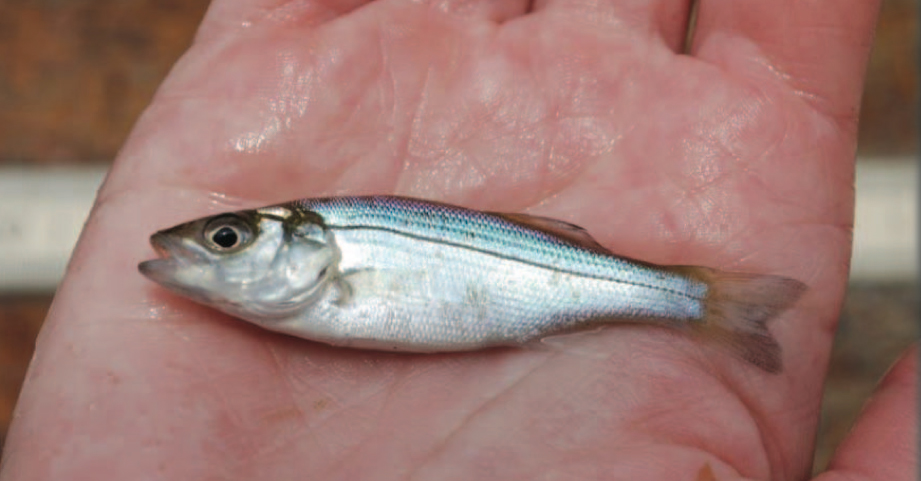Difference between revisions of "Striped Bass Page"
Cellsworth (Talk | contribs) |
Cellsworth (Talk | contribs) |
||
| Line 146: | Line 146: | ||
containing 23 sets of rapids. Striped bass apparently used less than 20 km of river above the | containing 23 sets of rapids. Striped bass apparently used less than 20 km of river above the | ||
reservoir because ripe striped bass adults were | reservoir because ripe striped bass adults were | ||
| − | |||
collected below but not above Cataract Canyon | collected below but not above Cataract Canyon | ||
during spawning season (Persons and Bulkley | during spawning season (Persons and Bulkley | ||
Latest revision as of 14:26, 27 July 2022
|
|
Striped bass (Morone saxatilis)Striped bass were stocked by the Utah Division of Wildlife Resources in Lake Powell in 1974. Based on the literature (Bailey 1975), biologists stocking Colorado River reservoirs believed that most reservoir striped bass populations were not self-sustaining. However, in the late 1970s, reports from Arizona and Nevada suggested that evidence of striped bass natural reproduction had been found. Initially, it was thought that reproduction was confined to the Colorado River above the lake where river current could suspend eggs and larvae. During spring 1979, striped bass spawning was discovered in the lower reservoir near the dam. In spring of most years, prespawning striped bass aggregated near Glen Canyon Dam. These fish seemed attracted to the current created as water was drawn through the dam penstocks. [1] |
| -- |
-- |
-- |
|---|
|
|
